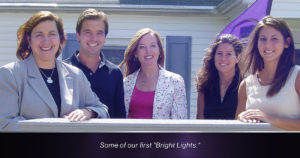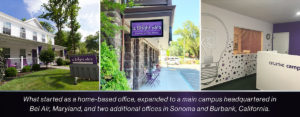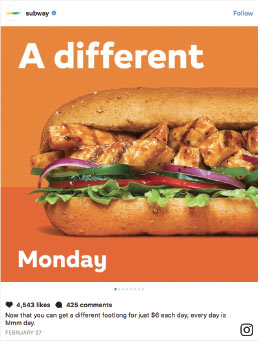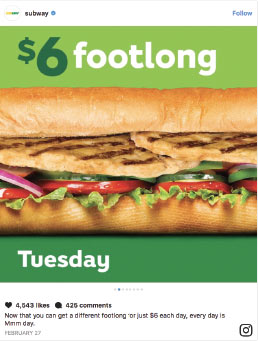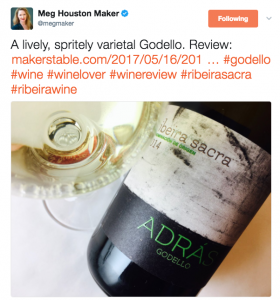A blank canvas, a blank screen, a blank page. Every creative pursuit starts essentially with nothing and requires the creative genius of the person to paint a picture, design a graphic or tell a story. For a business, your origin story, your endeavors, your challenges and solutions, all mean something to everyone involved.
But how do you share all of this with people who don’t know you or haven’t worked with you? How do you evoke emotion and get them to care? That is what branding does. What’s more, the large blank canvases all around you at your office or place of business, are often the underutilized mediums that can help you tell your story.
“Wall projects are a cross between interior design and graphic design,” Lisa Condon, Senior Director of Graphic Services says. “Wall graphics help grab attention, add elements of color and beauty to offices and most importantly of all, tell a brand’s stories.”
Stories are meant to be shared, and what better way to share your story than through big, bold, beautiful images, artifacts and text.
Wall projects come in many shapes and sizes – as you’ll see in the examples below – and with options galore, it can be overwhelming to visualize how to best use space for physical branding.
When considering if a wall project is the right way to tell your story, think about the following:
- Wall space – Do you have space that is either blank, not used effectively or could be updated? Are there areas where people gather, where you hold meetings or events, or where people are waiting?
- Longevity – Do you want something with permanence or something that can be flexible and needs to be updated or mobile?
- Budget – Are you looking for something full or small-scale? (This helps determine materials, fixtures and fabrication plans.)
- Availability of assets – Do you have high-resolution photos and videos that you’d like to share in new ways?
- Permission – Can you modify the space? Do you have or can you get the permission to embark on a project of this scale?
Fortunately, we don’t expect you to have the answers. These types of considerations help frame the ideas – showing you all that can be done and in keeping within parameters.
We’re fortunate to have worked on a variety of environmental design and wall graphic projects, including large scale printing, fabrication and installation. Take a peek at some of the projects we’ve developed. Maybe they’ll inspire you to consider telling your story in a unique and immersive way.
Army Combat Capabilities Development Command (CCDC) Chemical Biological Center Visitors Center
Imaginative design transformed this visitors center into a dual-use space for VIP tours, meetings and events showcasing the organizations mission, presence, culture, research and products. Understanding the need for flexibility, we designed 16 inner building walls, 14 banner displays, 10 portable walls and two double-sided outdoor displays.
Defense Logistics Agency
This auditorium oasis consisted of 40,000 feet of wall and floor space telling the stories of the agency’s role in supporting the Warfighter. It created an immersive brand experience for visitors and reached hundreds of personnel daily with important messaging and visual reminders of the mission of the agency. A wall of fame, massive hand painted mural and glass-encased artifacts helped take this project to the next level.
https://abrightideaonline.com/work/defense-logistics-agency
U.S. Army Chemical Materials Activity
This project consisted of a 10-foot nomadic exhibit, a touch-screen kiosk and retractable banners for use at future environmental and technical conferences. To ensure our client was able to fully grasp the scale, feel and placement of assets within the spaces, we created virtual spaces and elevations. This ensured when the final space was complete, there were no surprises. For the touchscreen and video kiosks, we produced interactive presentations using Adobe Flash and Microsoft PowerPoint, integrating animated, video and audio content.
We also converted a 35-foot-long Airstream trailer into a Mobile Information Center (MIC) to engage students in future recruitment efforts and inform the community of the site’s mission. We developed museum quality display panels, models and hands-on products for an enriched engagement experience. Specific graphics produced and fabricated include munition models in wood frames in a mock igloo as well as a representation of an emergency alert siren. When a button is pressed the actual warning tones and messages play, which audibly stresses the importance of the work being safely performed at the site.
Your story matters so why not tell it and display it in a big way. Ready to talk more about how to brand your space? Do you have questions about wall projects? Email us at info@abrightideaonline.com, message us on social media and look out for our Wall Project Q&A with Lisa Condon, Senior Director of Graphic Services.

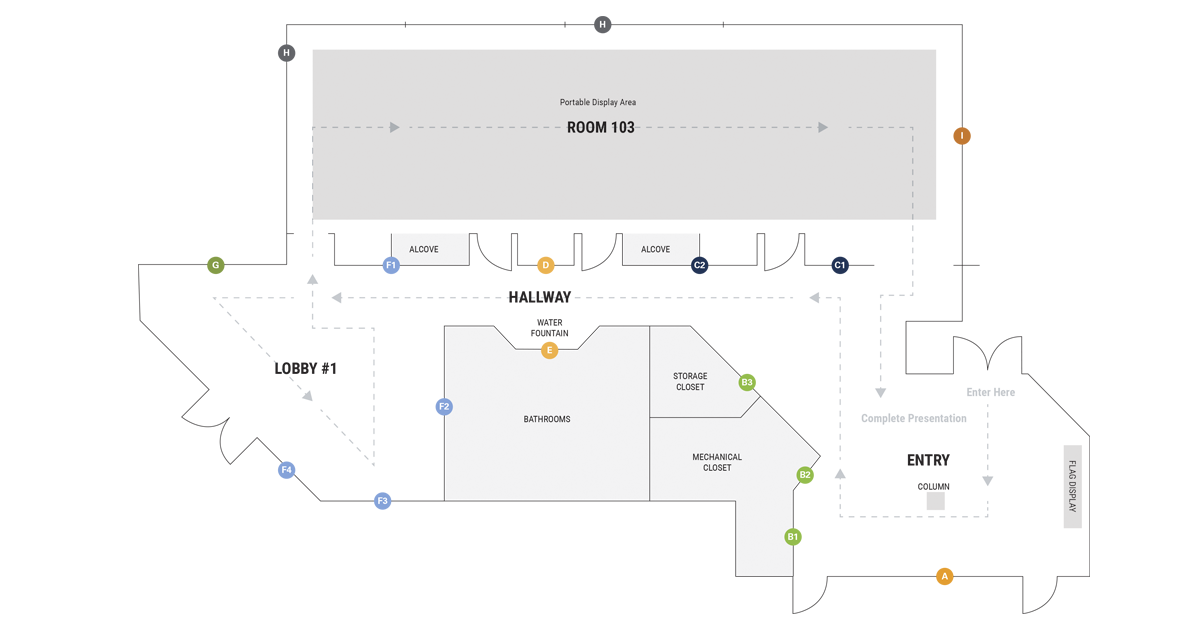




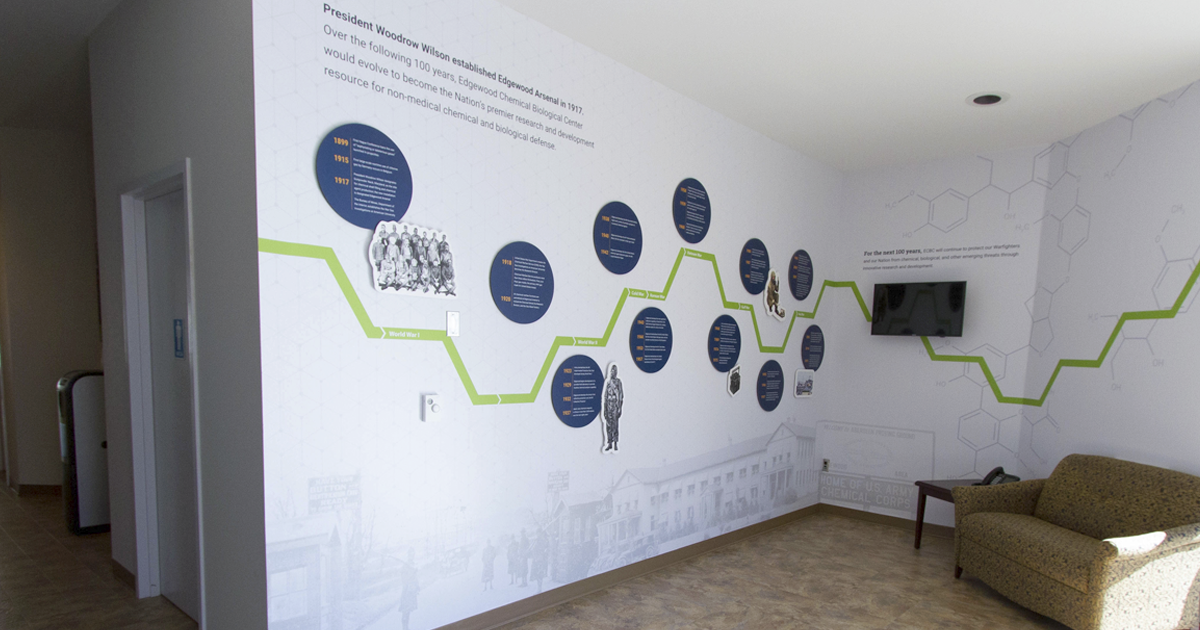
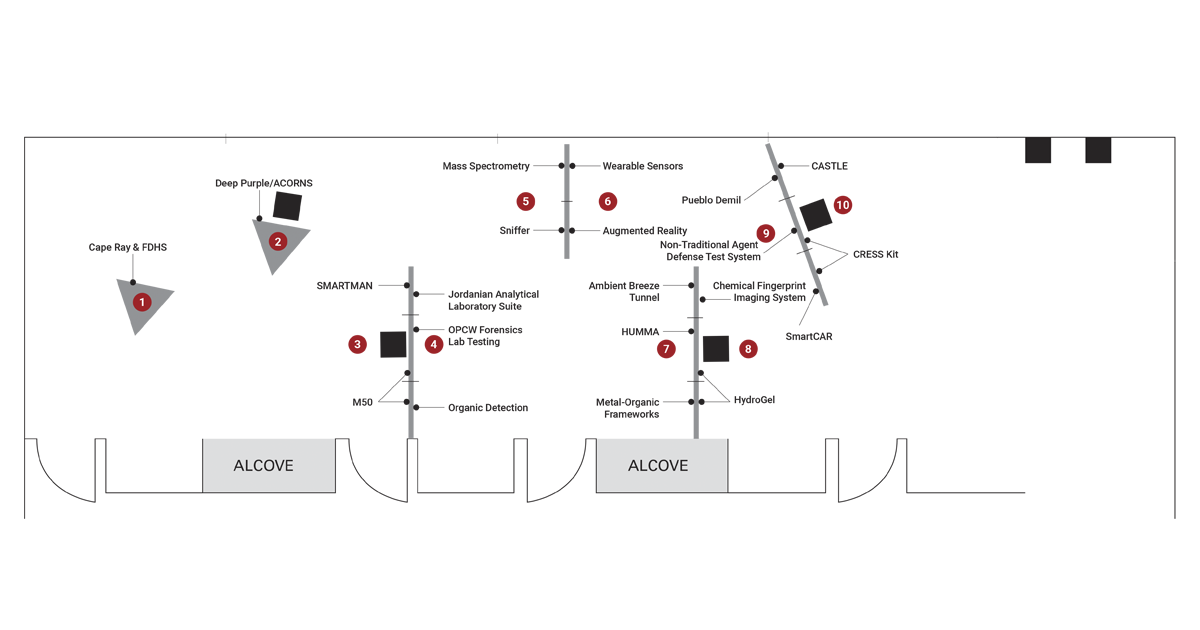
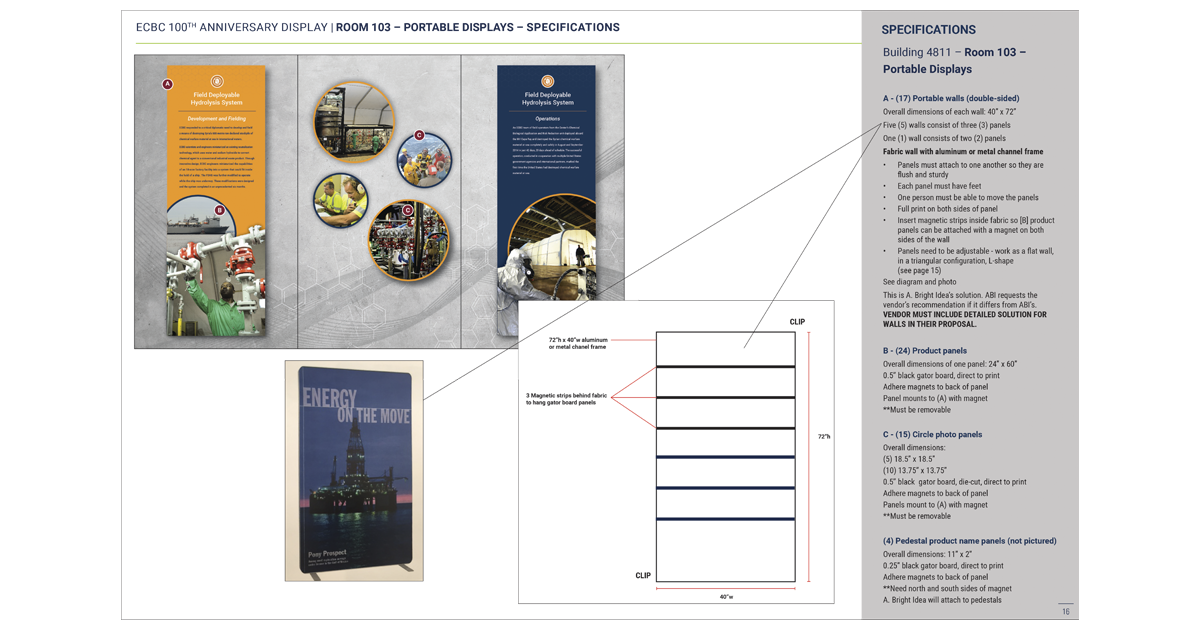


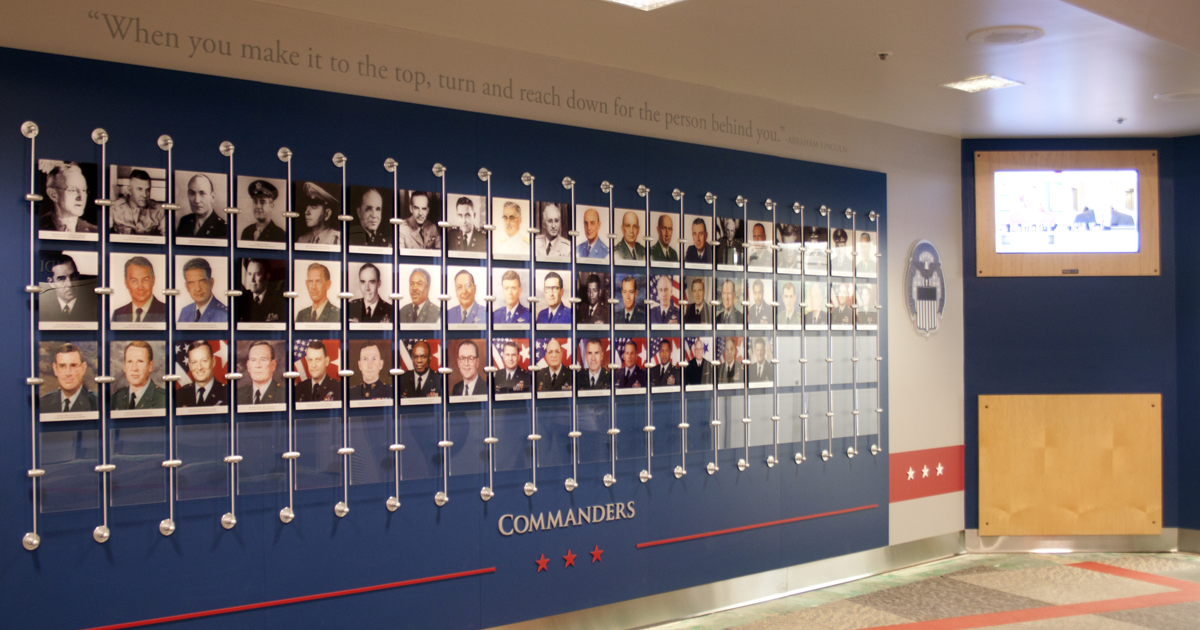
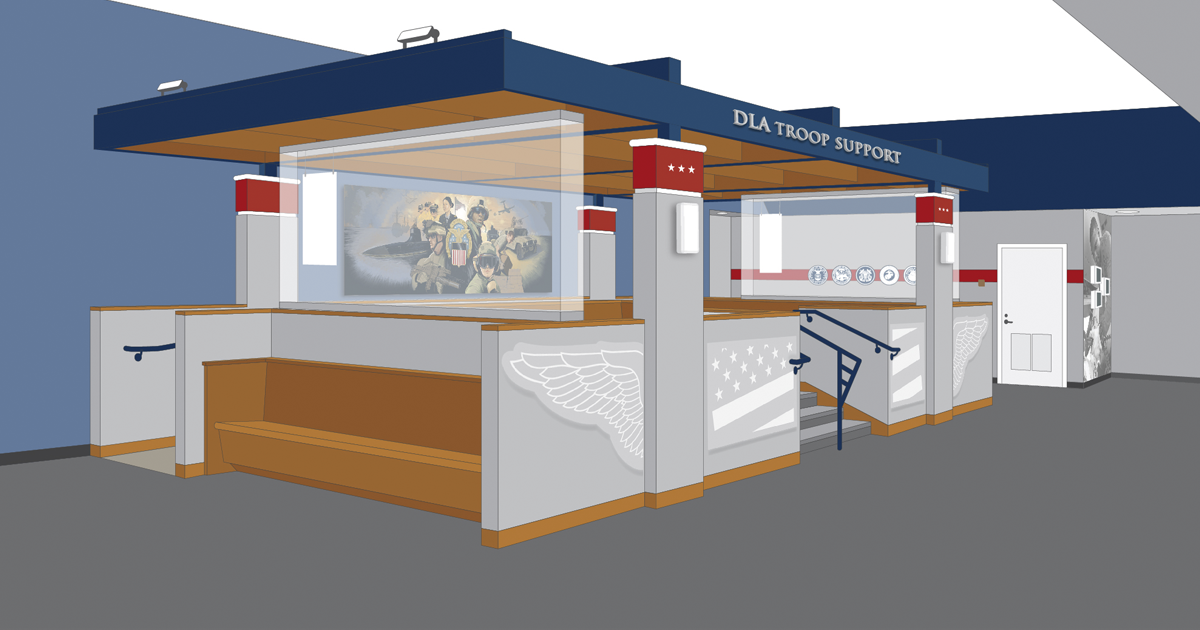


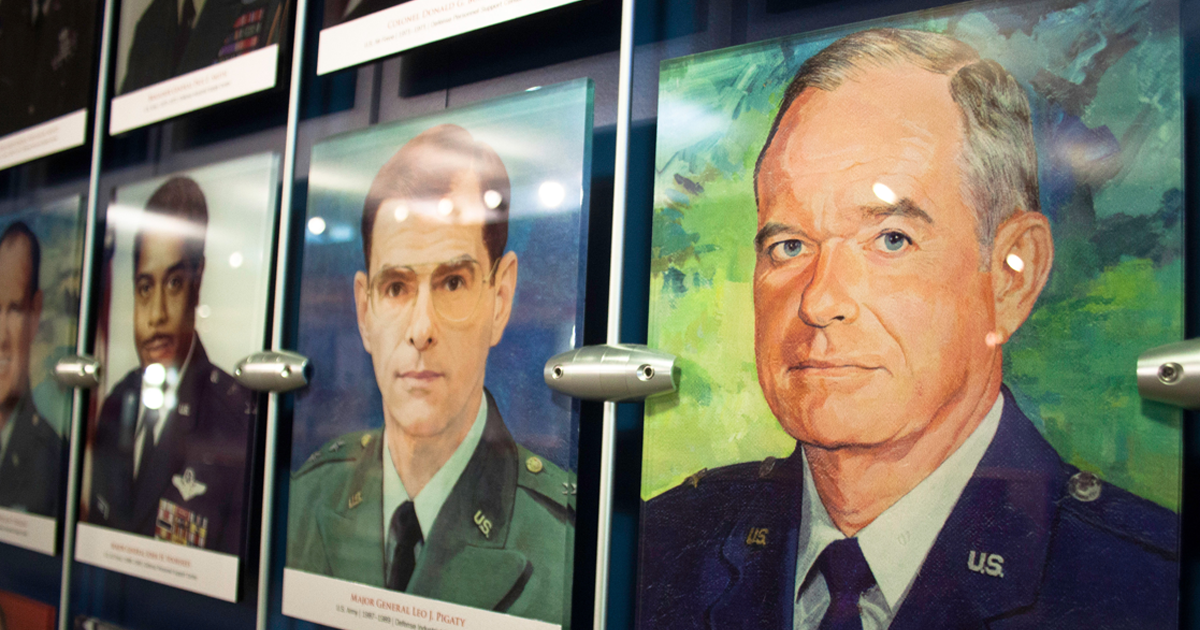



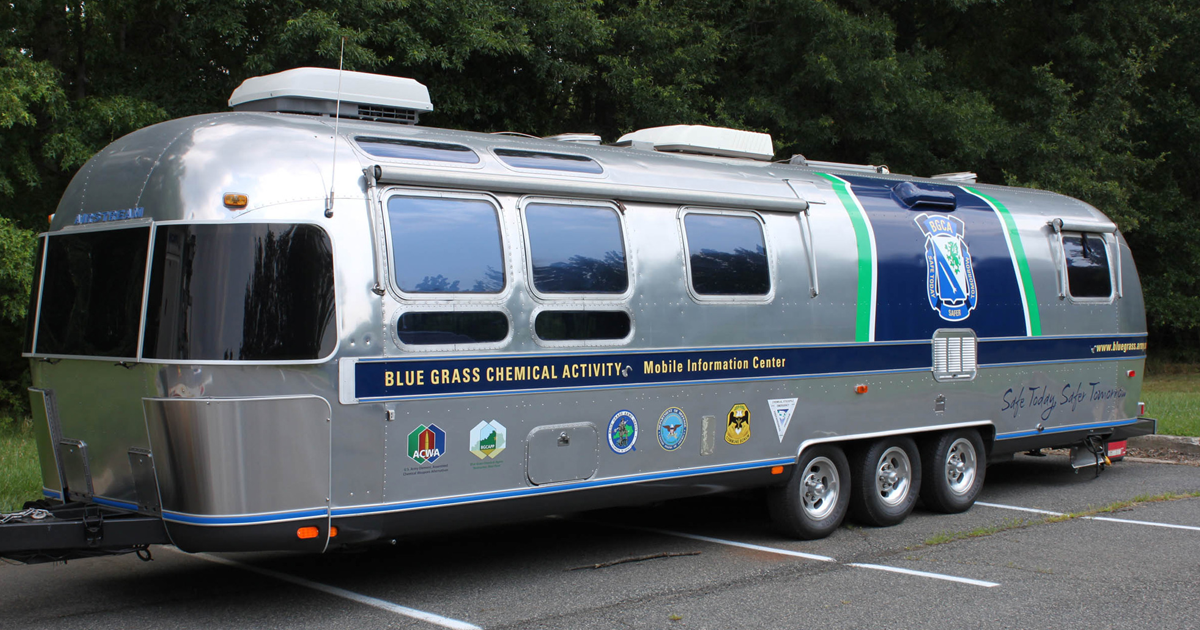
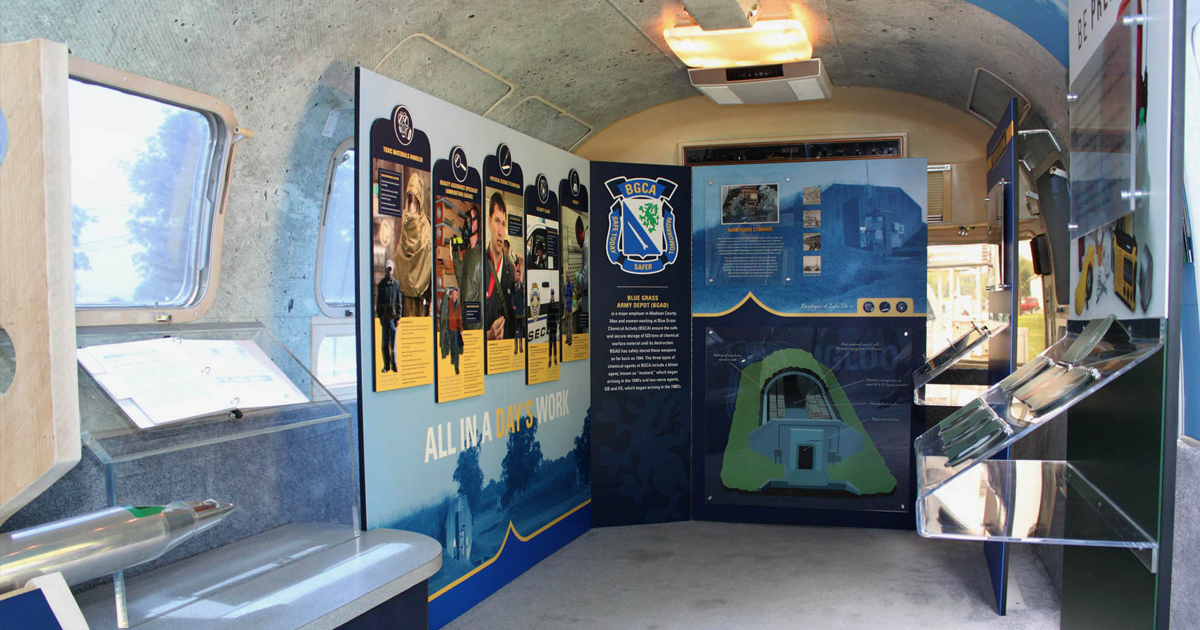
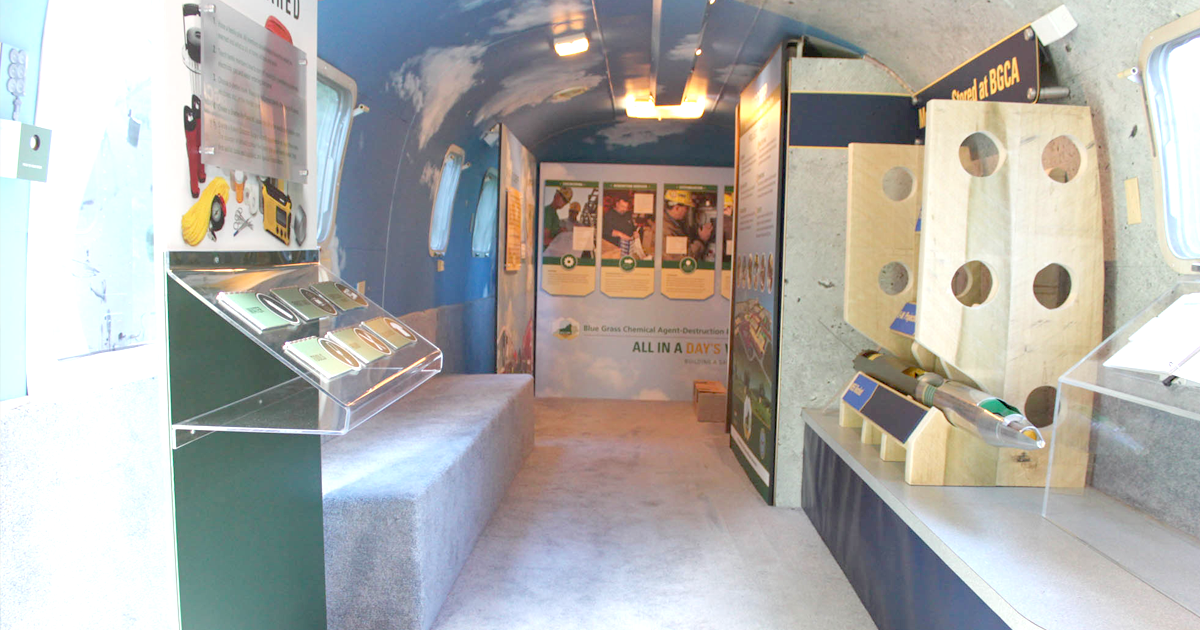

 So, we acknowledge this accomplishment, not to assign importance to an arbitrary number of years but instead reflect on what it took to reach this coming of age and our trajectory from here.
So, we acknowledge this accomplishment, not to assign importance to an arbitrary number of years but instead reflect on what it took to reach this coming of age and our trajectory from here.